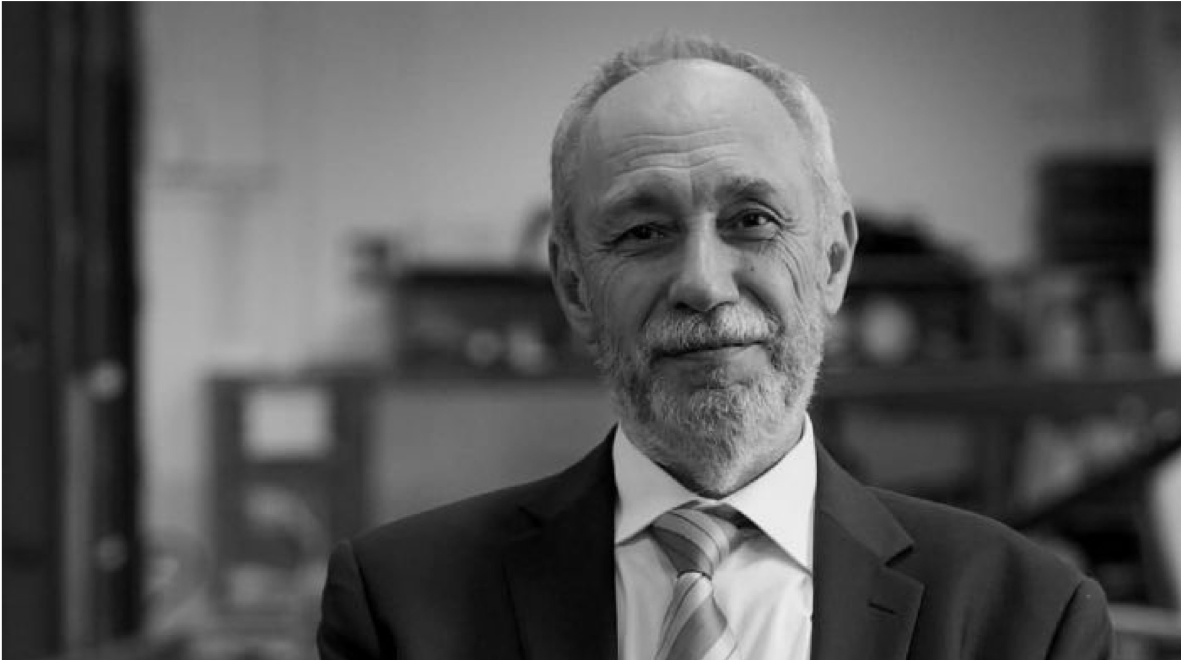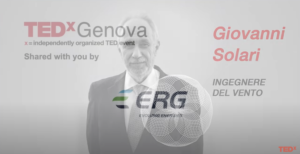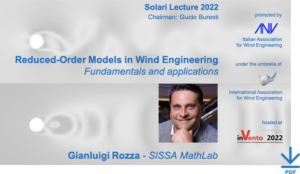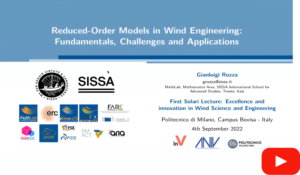Giovanni Solari

Giovanni Solari
1953 – 2020
Università di Genova
At the end of 2020 the Italian Association for Wind Engineering lost one of its founding fathers and past Presidents. The whole international community of Wind Engineering lost one of its most distinguished members, and past president of the International Association for Wind Engineering. His scientific and institutional contribution has deeply marked the evolution of Wind Science and Engineering worldwide.
In the following you can find some selected writings that celebrate his life.
Letter from A. Kareem (IAWE President)
Letter from Y. Tamura (IAWE Past President)
B. Blocken, T. Stathopoulos (2021) In Memoriam: Professor Giovanni Solari (1953-2020): former president, colleague, friend.
Journal of Wind Engineering and Industrial Aerodynamics 209, 104498
SOLARI LECTURES:
excellence and innovation in Wind Science and Engineering
The Italian Association for Wind Engineering aims at celebrating and renewing his longest lasting legacy in innovating Wind Science and Engineering by excellent studies. The Solari Lectures are dedicated to emerging, innovative topics in and around the broad field of Wind Engineering, reviewed by excellent scholars.
The Solari Lectures are hosted during the ANIV biannual International Conference on Wind Engineering IN-VENTO, under the umbrella of the International Association for Wind Engineering.
You can visit the dedicated page of the IN-VENTO web site to find out about the forthcoming Solari Lecture.
In the following you can know more about the past editions of the Solari Lectures.
⥤ Solari Lecture 2022
Gianluigi Rozza
Full professor in Numerical Analysis and Scientific Computing, SISSA MathLab
Reduced-Order Models in Wind Engineering: fundamentals and applications
ABSTRACT. Engineers are continuously called to build simplified models of intricate problems and phenomena. They traditionally apply the so-called Simplified Physics Approach to build models and codify them. Wind Engineers often employ Proper Orthogonal Decomposition (POD), also in the wake of the referential works of Giovanni Solari. The so-called Reduced Order Models (ROMs) include the above and many other approaches. ROMs are useful to provide a deep insight into huge amount of experimental data harvested from wind tunnel tests or computational simulations, and/or surrogate expensive high-fidelity models in uncertainty quantification, optimization or design-oriented applications. The lecture provides a wide rigorous general modelling framework, and discuss the past, present and future applications in bluff body aerodynamics and wind engineering.
⥤ Solari Lecture 2024
Partha Sarkar
Full professor, Department of Aerospace Engineering, Iowa State University, USA






